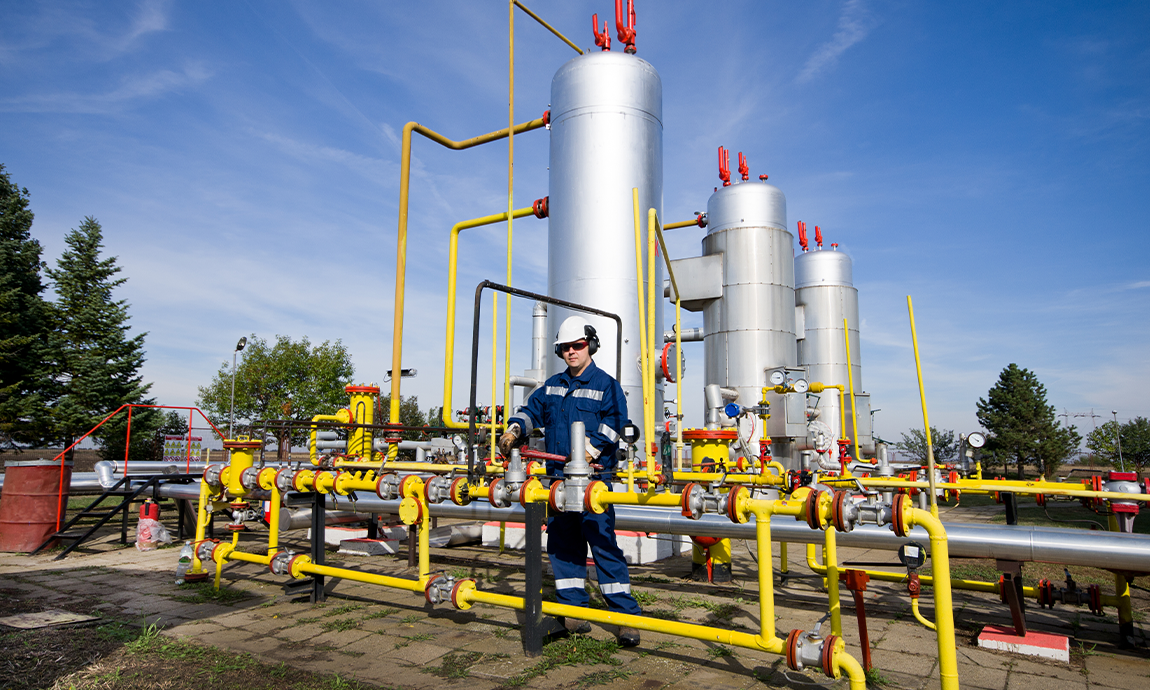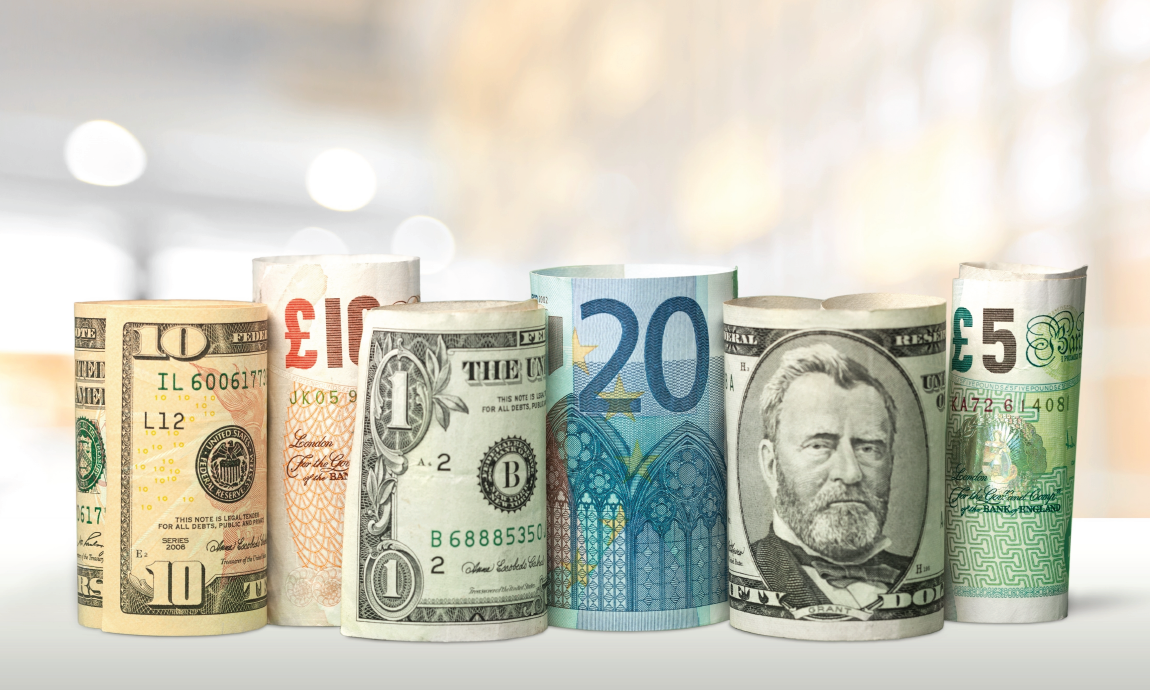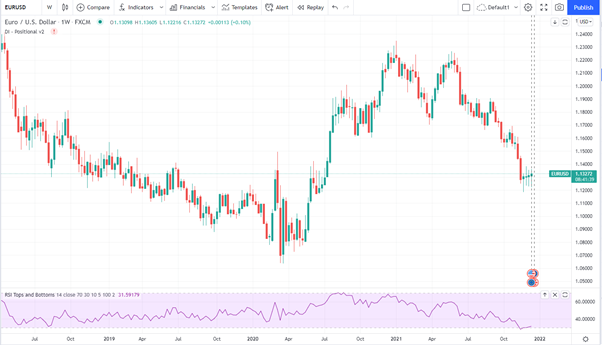2021 was an exceptional year for the energy assets such as Crude oil, Natural gas, LNG, and Coal since they have outperformed other financial assets, while being the main drivers behind the surging inflation rates and electricity prices around the world.
Crude oil bulls pushed the prices of black gold up to yearly high of $85/b at end of October, almost 70% higher than where they started on Jan 01, 2021, before retreating to $70s/b due to the continued drama on the Covid-19 front.
Natural gas, Coal, and Electricity prices posted a parabolic rally during the last quarter of 2021, amid the tightness in the European gas market driven by the lower-than-normal gas supplies from Russia, the unexpected extreme weather, the geopolitical tensions around the Russian-owned undersea Nord Stream 2-Europe gas pipeline, and the growing concerns over the border tensions between Russia and Ukraine.
Russia has been such a critical source of Natural gas in Western-Central Europe, and at times that tensions are growing; that’s not making the situation any better, and unfortunately for the customers, it causes a real supply crunch, driving up gas and electricity prices.
Bullish Crude Oil Outlook for 2022:
We maintain our bullish outlook on crude oil prices for the whole of 2022 over the significant demand/supply imbalance since the global oil supply remains tight at a time the global demand for petroleum products recovers to pre-pandemic levels.
In addition, our bullish outlook is based on the tight global petroleum inventories, the lack of reinvestments in new wells amid political pressure towards green transition, and the switch from expensive natural gas to crude oil amid the energy crunch in Europe and Asia.
We also believe that the impact of the highly infectious Omicron covid-19 variant on the global economy would likely be less destructive than previous variants such as Delta and Alpha, increasing the appetite for bullish bets on the growth-related crude oil contracts later the year.
Neutral Outlook for Q1, 2022:
Crude oil in choppy waters in Q1, 2022 amid Omicron-led demand concerns:
Despite our positive view for the whole of 2022, we stay on hold for Q1 as the surging Omicron-driven infection cases, the renewed lockdowns, and the travel and social restrictions would reduce global oil demand in the short term, and weigh on the overall market risk sentiment.
Base-case scenario for Q1: Averaging between $70-75/b:
Our base-case scenario sees both Brent and WTI crude oil contracts trading in the range between $70-80/b and $65-75/b respectively on Q1, 2022, as the Omicron-led fuel demand concerns would be offset by the tight supplies and the multi-year low inventories.
We expect price volatility in the first weeks of the year as the crude oil prices will remain vulnerable to a deteriorating crude demand outlook thanks to the rapid spread of the Omicron across the fuel-consuming regions of Europe, the U.S., and Asia, which would potentially dent fuel demand growth in Q1.
Contango in the oil market: Fears that crude supply growth will exceed demand in Q1:
We also anticipate a small discount – a market structure known as “Contango” – between the front-month oil contract to the second month, reflecting a near-term flattening in crude oil demand driven by the social restrictions, flights cancellations, and lower demand from refineries on the one side, and additional supplies from OPEC+ alliance on the other side.
Trade the price volatility: Energy investors may look to take advantage of the oil price volatility by adding long-term positions in every significant price drop below $70/b during Q1, mainly due to the bullish oil demand fundamentals in the pragmatic market, and prospects for higher oil prices from Q2 until end of the year.
On the other side, we believe that the oil price upside in Q1 would be limited due to the demand destruction that could result from fresh lockdown measures taken to curb the spread of the new Omicron variant.
Bullish crude oil outlook for Q2-Q4, 2022:
Our base-case scenario sees both Brent and WTI crude oil contracts trading higher between $75-90/b and $70-85/b respectively for the final three quarters of the year, as we believe that the Omicron-led oil price pressure would play its role only for short-term, and the strong bullish fundamentals will prevail in the energy market.
Why we are bullish on crude oil prices for Q2-Q4, 2022:
1. We are bullish on the crude oil outlook for Q2-Q4, 2022, as we believe that the fears over the overall impact of the Omicron variant on the fuel demand growth would be eased at the beginning of Q2.
2. We also expect strong growth in the global economy during the second half of 2022 which will help the fuel demand growth, despite the willingness of Central Banks to tight their pandemic-led accommodative monetary policies to fight the surging inflation.
3. Global crude oil consumption will return to pre-pandemic levels of 100mbpd in the second half of 2022 amid the robust gasoline and diesel consumption as more countries will open to international travel after Omicron fears will be erased, and strong demand for petrochemicals.
4. The ongoing energy crunch in Europe and Asia during the winter heating season in Northern Hemisphere is a positive catalyst for the oil prices since some industries would switch fuel from high-priced natural gas to much cheaper crude oil.
5. The global energy market might face a series of new supply disruptions in 2022 which will deteriorate the supply/demand imbalance, mainly from the ongoing civil conflicts in Libya, and Nigeria, the decreasing output from Malaysia, Angola, and Venezuela, together with the threat of additional hurricane-led supply disruptions in the oil-rich Gulf of Mexico.
6. We don’t expect a repeat of the March-April 2020 scenario when the total lockdowns and the strict social and travel restrictions (to tackle the spread of the virus) decreased the global demand for petroleum products by approx. 30%.
7. The energy market feels more confident for the oil demand growth since the Omicron variant causes (until now) only a milder level of illness with fewer hospitalizations, while a large percentage of the global population has been already fully vaccinated.
8. Furthermore, the news from the anti-Covid treatment front has been very positive for the oil demand outlook as the booster doses of Moderna’s and Pfizer-BioNTech’s Covid-19 vaccines appeared to be protective against the fast-spreading Omicron variant in laboratory testing. Hence, the FDA-authorised Pfizer’s antiviral pill (oral) Paxlovid reduced the risk of hospitalization or death by nearly 90% in high-risk adults with COVID-19 in a clinical trial.
9. OPEC+ supply compliance: OPEC+ compliance with oil production cuts has climbed above 115% in the last months of 2021, indicating production levels might remain well below agreed targets for 2022.
10. OECD (Organisation for Economic Co-operation and Development) total petroleum inventories are entering 2022 at their lowest level since the start of 2015, with crude oil, gasoline and distillates holdings accounting for the most of declines, especially in the region of Europe.
Potential downside risks in 2022:
1. We might see a surging oil output from the Shale oil producers in the United States in the coming months, which would add pressure on the oil market. The surging oil prices have increased the operating U.S oil and gas rigs to their highest level since April 2020 according to the energy services firm Baker Hughes.
2. Potential tensions between OPEC+ and U.S administration regarding the elevating oil prices might create the prospects for additional release of million barrels of oil from the U.S. Strategic Petroleum Reserve (SPR) to help cool oil prices.
3. The threat for additional barrels of oil in the global market in case of a nuclear deal between Iran and Western countries, in a time OPEC+ alliance ramps up production.













